Resources
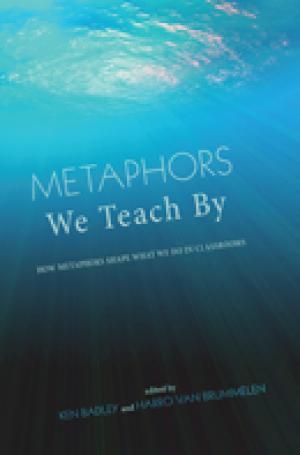
Metaphors We Teach By helps teachers reflect on how the metaphors they use to think about education shape what happens in their classrooms and in their schools. Teaching and learning will differ in classrooms whose teachers think of students as plants to be nurtured from those who consider them as clay to be molded. Students will be assessed differently if teachers think of assessment as a blessing and as justice instead of as measurement. This volume examines dozens of such metaphors related to teaching and teachers, learning and learners, curriculum, assessment, gender, and matters of spirituality and faith. The book challenges teachers to embrace metaphors that fit their worldview and will improve teaching and learning in their classrooms. (From the Publisher)
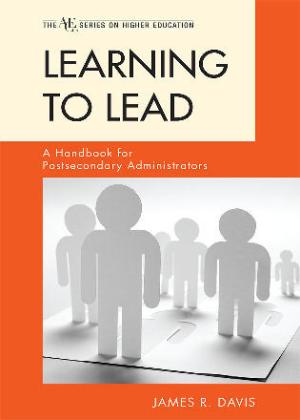
Leadership is an activity that not only manifests itself in formal positions, but also bubbles up in various places within an organization. Perhaps given the importance of leadership to any endeavor, the literature on this topic has burgeoned. Yet among these titles, Learning to Lead stands out as one of the best texts available on leadership for college and university administrators. Critical skills such as managing people, resolving conflict, and making rational (and legal) decisions are explored within the context of the campus. The book also addresses the needs of those who facilitate leadership workshops, serve as mentors to potential leaders, and teach courses on higher education leadership and administration. While presenting all sides of key issues, the author calls for the reader to define his or her own position through a series of provocative reflection questions in each chapter. Thus the book invites interaction and teaches administrators not what to think about leadership, but how to think about it. (From the Publisher)
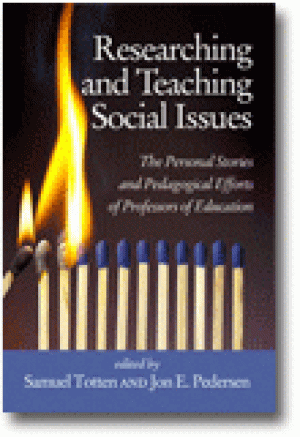
Researching and Teaching Social Issues: The Personal Stories and Pedagogical Efforts of Professors of Education is comprised of original personal essays in which notable teacher educators delineate the genesis and evolution of their thought and work vis-a-vis the teaching of social issues. In relating their personal stories, the authors were asked to discuss among other issues those individuals and/or scholarly works that have most influenced them and how, their own aspirations in the field, the frustrations they have faced, their perceptions of the field, their major contributions, and their current endeavors. Our goal was that each and every story be as informative, instructive, and engaging as possible. We believe that readers will be thoroughly engaged as they read the stories of these individuals—stories that are inspiring, filled with passion, and reflective in nature. We also believe that readers will gain unique pedagogical insights into the field and ample food for thought. The individuals selected for inclusion in the book dedicated a great amount of time, thought, energy, and commitment to creating powerful and pedagogically sound ways to teach about social and/or controversial issues. Many have done so for well over forty years, and have been among the strongest advocates vis-à-vis the place social issues have in the extant curriculum and beyond. (From the Publisher)
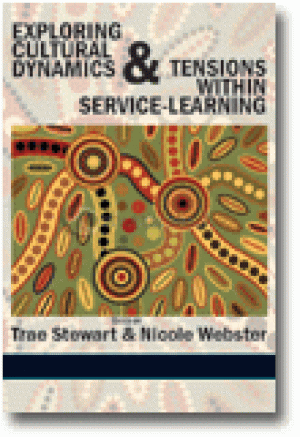
Service-learning is an exciting pedagogy and field of study, offering insight into how academic study and community engagement blend to create social change. In its most traditional conceptualization, servicelearning activities typically manifest within communities where outside individuals address a need. Service learning is purported to have a transforming effect on individual student perspectives by providing students the opportunity to interact with people and enter into situations that allow students to test their predisposition towards others. However, the literature on the impact of service-learning on participants' acceptance of diversity and development of open-mindedness reports mixed outcomes. The purpose of this book is to explore cultural tensions and dynamics within the field of service-learning. It is not meant to be an exhaustive review of the interplay between culture and service learning, but rather a starting point for an ongoing conversation about how this complex topic impacts the field. In 18 chapters, educators, students, and administrators investigate the cultural values of service-learning itself and the tensions created when this is at odds with the values of others within K-12 and higher education in the United States and abroad. Authors include community organization representatives, researchers, directors of offices of community engagement, university administrators, junior and senior faculty, and former service-learning undergraduate students. Submissions reflect a range of genres, including theoretical / conceptual pieces, position papers, case studies, and other traditional academic essays, challenging how students and community members are affected by the cultural tensions within service-learning engagement. (From the Publisher)
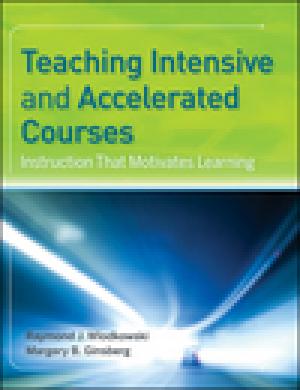
In this comprehensive resource, Raymond J. Wlodkowski and Margery B. Ginsberg describe how to meet the challenge of teaching intensive and accelerated courses to nontraditional learners and working adults. By making motivation and cultural relevance essential to instruction, they clearly show what instructors can do to enhance learning in classes that can last from three to six hours. Teaching Intensive and Accelerated Courses makes full use of the authors' twenty years of experience researching and teaching accelerated courses, along with selected strategies from Wlodkowski's classic Enhancing Adult Motivation to Learn, to offer tried-and-true practices instructors can use to provide continuously engaging learning. (From the Publisher)
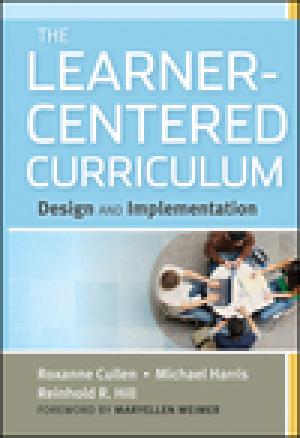
Most of the scholarship on learner-centeredness is focused on individual classroom pedagogy, but this book takes learner-centeredness beyond the classroom and asks academic leaders to consider the broader implications of making their institutions fully learner-centered. Systemic change is needed, and curriculum is at the heart of what higher education does. To truly effect change, the curriculum needs to be examined and aligned with learner-centered practices. In this book the authors offer both design specifications for a learner-centered approach to curriculum as well as practical recommendations for implementation and assessment. The book covers the need for redesigning curriculum, curriculum design in the instructional paradigm, learner-centered design in practice, implementation, program assessment (including a helpful rubric for this), innovating through technology, and learning spaces that support learner-centered curricula. (From the Publisher)
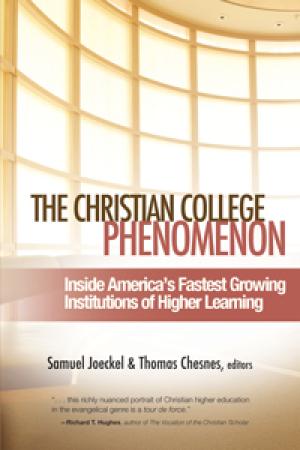
The Christian College Phenomenon explores the explosive growth over the last twenty years of institutions affiliated with the Council for Christian Colleges and Universities (CCCU). While public institutions of higher learning in the United States experienced a 3% growth in enrollment from 1990-1996, CCCU institutions witnessed a 36.9% growth during that same period. And in 2006, enrollment over the previous year at public universities grew by 13% and at other private colleges by 28%, but enrollment at CCCU institutions rose by 70.6%. Editors Thomas Chesnes and Samuel Joeckel have taken an empirical approach, surveying over 1900 professors at ninety-five CCCU colleges and universities and 2300 students at twenty different schools. The editors compiled responses to quantitative and open-ended questions on topics from pedagogy and politics to faith learning integration; they then made that data available to nearly thirty scholars who have turned their considered responses into chapters that are now organized into seven book sections, covering topics in gender, evolution, faith, learning, scholarship, and race/ethnicity: • TARGET AUDIENCE: The Christian College Phenomenon goes out to all those who study trends in American universities. Scholars and analysts, regardless of their faith commitments, will be interested to see what's happening in the CCCU schools that have experienced tremendous enrollment growth, particularly in comparison to their counterparts. What are these schools doing differently that can give all universities a new perspective on movements in contemporary education? This book offers a window into possibilities (From the Publisher)
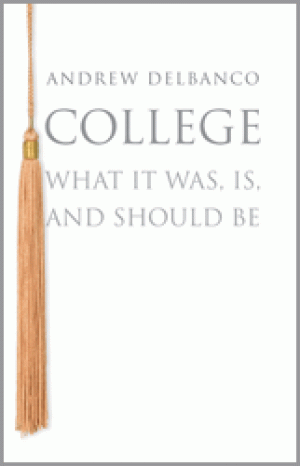
As the commercialization of American higher education accelerates, more and more students are coming to college with the narrow aim of obtaining a preprofessional credential. The traditional four-year college experience--an exploratory time for students to discover their passions and test ideas and values with the help of teachers and peers--is in danger of becoming a thing of the past. In College, prominent cultural critic Andrew Delbanco offers a trenchant defense of such an education, and warns that it is becoming a privilege reserved for the relatively rich. In arguing for what a true college education should be, he demonstrates why making it available to as many young people as possible remains central to America's democratic promise. In a brisk and vivid historical narrative, Delbanco explains how the idea of college arose in the colonial period from the Puritan idea of the gathered church, how it struggled to survive in the nineteenth century in the shadow of the new research universities, and how, in the twentieth century, it slowly opened its doors to women, minorities, and students from low-income families. He describes the unique strengths of America's colleges in our era of globalization and, while recognizing the growing centrality of science, technology, and vocational subjects in the curriculum, he mounts a vigorous defense of a broadly humanistic education for all. Acknowledging the serious financial, intellectual, and ethical challenges that all colleges face today, Delbanco considers what is at stake in the urgent effort to protect these venerable institutions for future generations. (From the Publisher)
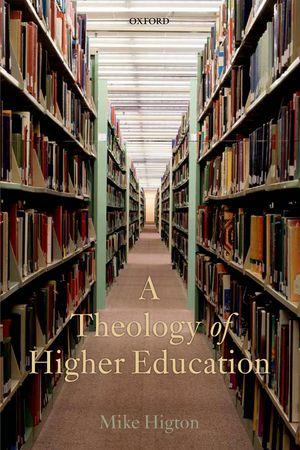
In this book, Mike Higton provides a constructive critique of Higher Education policy and practice in the UK, the US and beyond, from the standpoint of Christian theology. He focuses on the role universities can and should play in forming students and staff in intellectual virtue, in sustaining vibrant communities of inquiry, and in serving the public good. He argues both that modern secular universities can be a proper context for Christians to pursue their calling as disciples to learn and to teach, and that Christians can contribute to the flourishing of such universities as institutions devoted to learning for the common good. In the process he sets out a vision of the good university as secular and religiously plural, as socially inclusive, and as deeply and productively entangled with the surrounding society. Along the way, he engages with a range of historical examples (the medieval University of Paris, the University of Berlin in the nineteenth century, and John Henry Newman's work in Oxford and Dublin) and with a range of contemporary writers on Higher Education from George Marsden to Stanley Hauerwas and from David Ford to Rowan Williams. (From the Publisher)
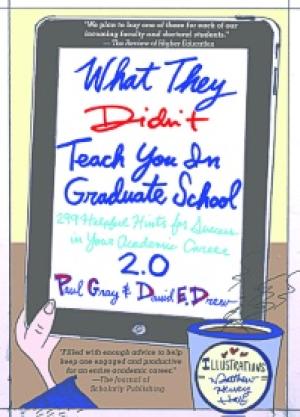
What They Didn’t Teach You in Graduate School: 299 Helpful Hints for Success in Your Academic Career
* This irreverent, but serious, guide to what life in higher education institutions is really like, now enhanced by 100 new tips * Invaluable advice that ranges from getting your Ph.D. to setting the course of your academic career Just landed your first faculty position? Close to getting your Ph.D., and planning a career in academe? What will academic life be like? How do you discover its tacit rules? Develop the habits and networks needed for success? What issues will you encounter if you’re a person of color, or a woman? How is higher education changing? Paul Gray and David E. Drew share their combined experience of many years as faculty and (recovering) administrators to offer even more insider advice—the kind that’s rarely taught or even talked about in graduate school – to help you succeed. The 100 new hints expand sections on the dissertation process, job hunting, life in the classroom and on dealing with students, as well as on matters that affect readers’ careers, such as research, publication, and tenure. The book concludes with a tongue-in-cheek appendix on How to Become a Millionaire while an academic. Already have the first edition? Give it to someone less fortunate than you, and take advantage of the new advice you will find in these pages. Too penurious to buy this book? Persuade a family member or friend to get it as a gift. (From the Publisher)